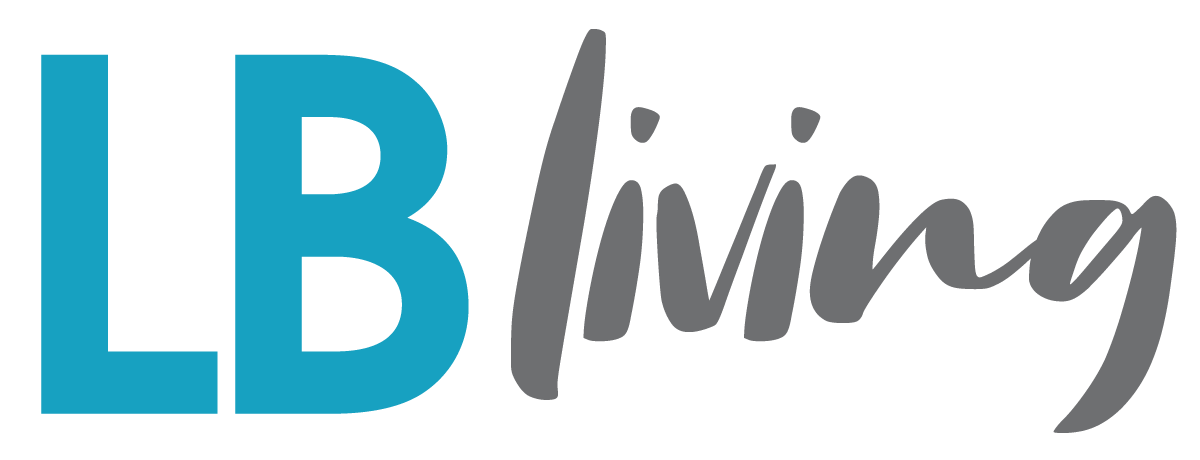Anyone who dipped a toe into buying or selling a home in 2020 was likely shocked by the absolute frenzy the housing market is currently in. Historically low housing inventory coupled with historically low interest rates made for some really happy sellers and really frustrated buyers. I recently helped clients submit one of 24, YES, TWENTY-FOUR offers received on a home here in Long Beach. (Spoiler alert, our offer wasn’t accepted) In California the average home appreciated about 10% in 2020 and many experts believe that number will continue to rise by 5%-7% in 2021. Cue everyone talking about how the bubble is about to burst.

Here’s three reasons why this narrative is totally false and hopefully this will provide some talking points you can use for your out-of-state cousin who despite a total lack of knowledge, considers himself a California real estate expert. You’re welcome.
1. Unlike 2008, housing supply is very limited, if you don’t believe us do a quick search on Redfin.
 Price is always determined by supply and demand (thank you freshman economics class). If supply is high and demand is low, prices normally decrease. If supply is low and demand is high, prices naturally increase.
Price is always determined by supply and demand (thank you freshman economics class). If supply is high and demand is low, prices normally decrease. If supply is low and demand is high, prices naturally increase.
So in terms of Real Estate, if there are more people trying to sell a home than people trying to buy a home then prices decrease and you have a buyers market. If there are more people trying to buy a home than homes available to buy, prices go up and we call this a sellers market. Pretty simple right?
In a best case scenario we have an equal market which is measured by a stable 6 months supply of homes available to purchase.
Between 2006 and 2008, the months’ supply of inventory increased from just over 5 months to almost 11 months yet home values continued to rise and shockingly only a few people were ringing big alarm bells (most notably Christian Bale’s character in The Big Short)
What we are seeing now is for the past 3 years inventory has been consistently under 5 months. It dropped down to under 4 for thirteen of the last fourteen months and as you’re reading this the current supply of homes in California is hovering right around 1.9 months. Which means there aren’t nearly enough homes for all the people that want them. I know it’s wild!
2. This time, housing demand is real

During the housing boom that led to the 2008 market crash. Something of a self-fulfilling prophecy started happening. People got caught up in buying madness and bought houses that were priced reflective of a market that was going to continue to escalate despite all market data pointing to the opposite but more buying created more buying so to speak.
The mortgage industry fed into this craziness too by making mortgage money available to almost anyone, for real anyone. If you’re old enough to have been home buying age during this insanity I’m sure you can also remember a friend or two that definitely had no business buying a house at that time but did so anyway.
In the current real estate market, demand is real, not inflated by the mortgage industry looking to line their pockets. Millennials, who are now the largest generation in the country, have come of age to marry and have children, which are two major drivers for homeownership. While people still like to think that Millennials are young and irresponsible, the reality is, we’re pushing 40 and our priorities have grown up with us. I can tell you first hand, this millennial would much rather be in bed scrolling through Zillow at 9pm on a Friday night than bar hopping ( Pre-Covid of course)
3. Last but not least, houses have plenty of equity

During the housing boom I think it’s safe to say lots of people were enticed by the idea of easy money and it wasn’t just new purchasers who got caught up in the frenzy. Reports show that existing homeowners started using their homes like money printers. There was a (tidal) wave of cash-out refinances, which enabled homeowners to leverage the equity in their homes and buy all sorts of things. From 2005 through 2007, Americans pulled out over $824 billion, yes, BILLION dollars in home equity. So as the markets settled and people found themselves without equity in their homes, many homeowners found themselves upside down on their investment paying substantially more on their mortgage than the home was actually worth. Many defaulted on their payments, which led to an avalanche of foreclosures. (lots of extreme weather metaphors but you get the idea)
I hesitate to say that banks learned a lesson BUT the numbers speak for themselves, we’re only seeing about a third of cash out refinancing today that we did in the market leading up to the crash.
What this means for you
It’s really important to remember that we’re in the middle of a health crisis, not a financial one. The shift to working from home has everyone rethinking their living space and evaluating what they really want out of their home. Demand is real and rightly motivated. And while housing supply stays at this a historic low, demand is likely to continue to drive prices up. Even if there were to be a drop in prices, unlike 2008 homeowners have enough equity to be able to weather a dip in home values.
So no, this bubble isn’t about to pop despite what your ill informed cousin says on Facebook but if you want to talk about how to get into a home you can start building your own equity in, you know we’ve got you!
Brought to you by:
Crystal Ortiz, Realtor / Co-Founder Locals Property Group




